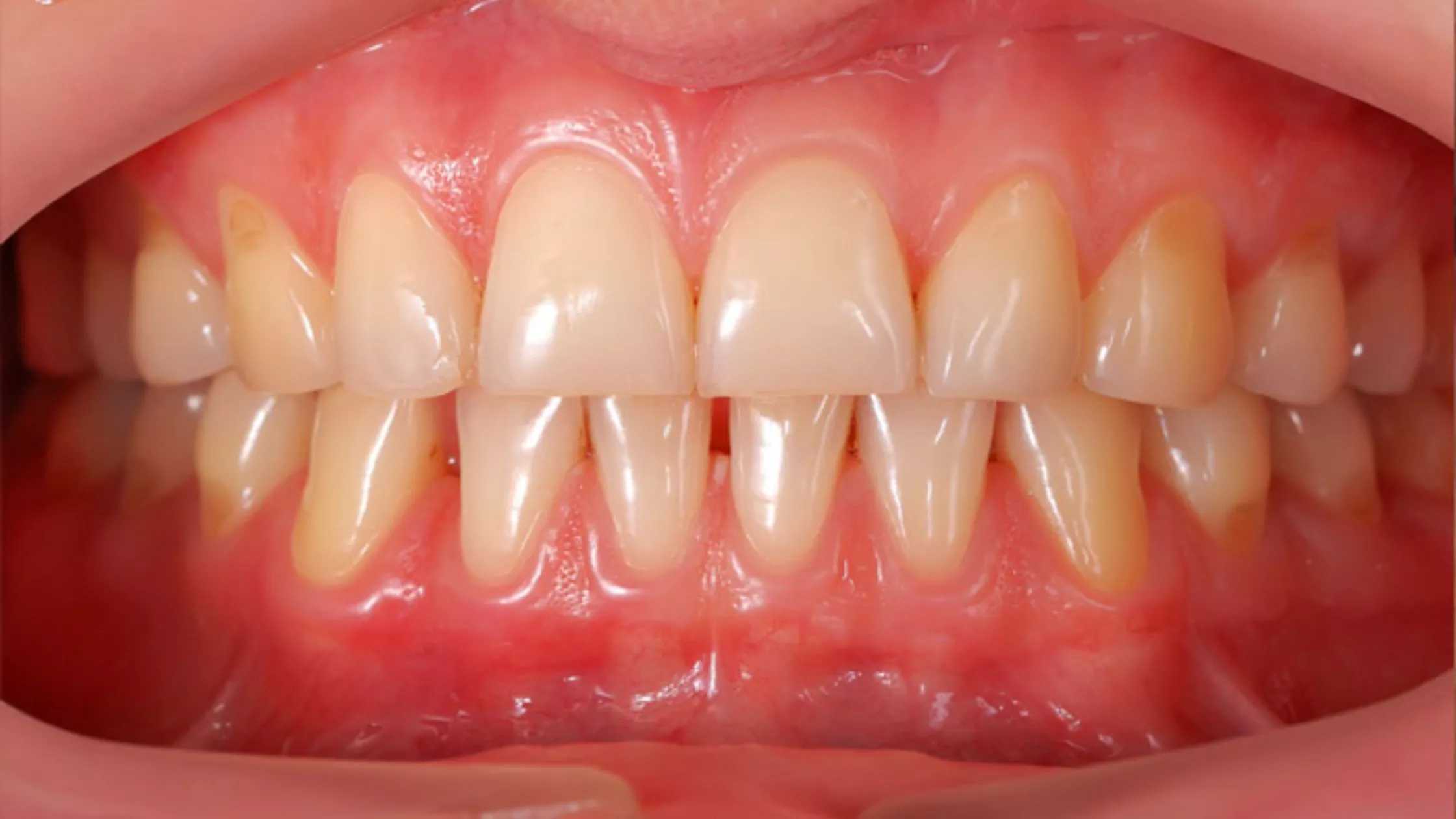
What is a Cavity Between Teeth?
The word ‘cavity’ is associated with a small hole or decay in the enamel of a tooth that may occur in areas where two teeth join. Appearing as something very difficult for you to see and not giving you the chance to realize that you have the problem until it gets worse. It is really important to take action to treat this cavity between teeth because if they are not treated, they will lead to more decay, infections, and finally, permanent tooth loss.
Having a routine schedule of visits to the dentist and practicing good oral hygiene, such as brushing and flossing, can assist in avoiding the development of cavities between your teeth.
Causes of Cavity Between Teeth

Cavity between teeth occurs when plague acids which are produced by bacteria within the enamel and dentin layers damage teeth. It begins with you taking carb foods like sugar and starches, which the bacteria in your teeth rely on as a food source. These bacteria produce acids that attack the tooth structure by making minuscule holes in the enamel, the acid is dissolving minerals. Failure to look after these weakened sites can transform them into various holes.
Several things can lead to cavity between teeth:
– Not brushing and flossing regularly promotes plaque accumulation in the gum line and behind the teeth.
– You don’t give the bacteria a lot of sugary and starchy foods to eat throughout the day, which means they have no fuel source to give off acids.
– Saliva is a natural buffer acid and carries away the food particles. Saliva which act as a buffer in the mouth is reduced by several factors like the medications, medical conditions or mouth breathing which causes cavities.
– The teeth that are not properly aligned cannot be clean well enough, so chances are greater to form cavities between them.
Symptoms of cavity between teeth
Symptoms of a cavity between teeth include: Symptoms of a cavity between teeth include:
– The tooth may feel pain in contact with hot or cold drinks.
– Toothache
– Spots or holes of different shades or colors in that affected tooth.
– Abscess presence shown by pus
– Tooth sensitivity to pressure when biting
Diagnosis of cavity between teeth

Symptoms of cavities interdentally include the toothache, sensitivity to hot or cold temperatures, dark spots or holes, as well as pus. Through the use of special tools and X-rays dentistry can diagnose cavities in hard to reach areas between teeth while performing a regular check-up. The management plans vary by the depth of the cavities and they can be fillings, crowns or root canals or tooth extraction.
Treatment options for cavities between teeth (interproximal cavities) depend on the extent of the decay.
Recalcification: If the cavity between teeth is quite shallow and the dentin is not being affected yet, fluoride gel could be placed to remineralize the site and strengthen the enamel.
Fillings: Once the decay has eroded through the enamel and into the dentinal tissues, filling is necessary to rebuild the tooth structure. Composite resins, porcelain, amalgam, gold or silver may be called in as fill-in materials.
Root Canal Therapy: If the bacteria reaches the pulp chamber it results in the root canal procedure to preserve the tooth. In this procedure, the infected pulp is eradicated and since the tooth is filled and sealed no more filling is required.
Dental Crowns: In case of a large cavity between teeth or fracture that leaves little tooth structure, a dental crown will be placed to increase the strength of the tooth and prevent it from falling apart.
Extraction: When there is nothing that can be done to save the tooth or when the infection conditions on the surrounding tissues represent a danger, extraction is done. Alternative solutions to missing teeth can be bridges, dentures or implants.
How To Prevent Cavities Between Teeth
- Brush your teeth morning and night with fluoride toothpaste. Make sure you clean all portions of your teeth, even the places between them.
- Use a toothbrush with soft bristles and change it after every three months, or sooner if the bristles get worn out.
- Floss daily to get rid of the food particles and plaque that may be between your teeth.
- Cut down on your intake of sugary items like candies, soda, and fruit juices.
- Use fluoridated tap water instead of bottled water that doesn’t contain fluoride.
- Rinse your mouth with water after having them or drinking acidic things such as citrus fruits, coffee, tea, wine, and sports drinks.
- After meals chew a piece of sugarless gum to make more saliva that will help to clean your mouth.
- Eat a balanced diet that includes foods that have calcium, phosphorus, vitamin D, and more for strong teeth.
- Prevent tobacco, because it can cause gum disease and other oral problems.
Home Remedies for Cavity Pain Relief
When you have a cavity between teeth and can’t see a dentist at that moment, these home remedies can help reduce the pain temporarily. Brush your mouth with saltwater by mixing half a teaspoon of salt in warm water and swishing it for 30 seconds. Applying a cold pack on the painful part can also deaden the pain. You can also take over-the-counter medications such as ibuprofen or acetaminophen to help with the temporary relief.
The cavity between teeth is hard to reach, so they need special care. Good health of your teeth is maintained by brushing and flossing on a regular basis, eating right, and visiting a dentist for check-ups.
Knowing how cavities develop, how to avoid them, and what to do if you already have one can help you to look after your teeth better and ultimately improve your dental health.





